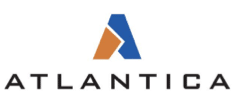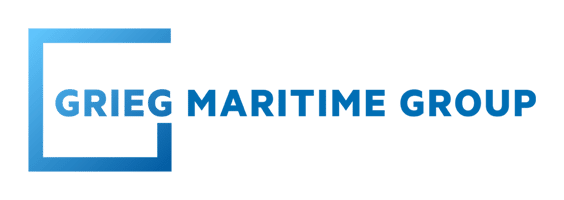During a side event at COP27 in Egypt on Tuesday, two of the world’s largest wind turbine manufacturers, Siemens Gamesa and Vestas, flagged concerns around their current financial situation and the future of the offshore wind supply chains. Lack of visibility and overly high focus on price in the current environment are squeezing already unsustainable profit margins and jeopardizing the future of the industry.
Race to the bottom
While high national offshore wind targets signal a strong surge in future demand for their equipment, turbine manufacturers question whether it is possible to expand capacities when they are barely making profits. As Vestas described it, “The industry starts with us and ends with us. But currently, it is a race to the bottom”.
This call for policy intervention echoes the message Siemens Gamesa CEO, Jochen Eickholt, voiced less than a month ago, when he called for quotas on EU-made wind turbines to protect the industry from low-cost turbines from China. Also then, the argument was that the sector is suffering from rising cost of key materials such as steel and copper as well as supply chain disruptions.
Reflecting the high activity but tight margins, yesterday Siemens Gamesa reported a record-high €35.1 billion backlog on 30 September 2022, up 7.7% year-over-year. On the other hand, the EBIT margin pre-PPA dropped from -0.9% in fiscal 2021 to -5.9% in fiscal 2022, predominantly due to cost inflation and project delays in its onshore business. To address the negative margins, the company has an ongoing process to reduce its workforce by more than 10% from fiscal 2022 to fiscal 2025.
Similarly, Vestas’ EBIT margin has also tanked over the past year, from 1.9% during its fiscal first nine months of 2021 to -11.9% in the corresponding time period this year. The backlog on 30 September 2022 was worth €50.9 billion, up 7.7% year-on-year.
Ambitious energy policies lacking industry support
During the COP27 event, both Siemens Gamesa and Vestas highlighted that ambitious offshore wind targets are unachievable without policies that ensure a correspondingly strong growth in supply chain capacities. According to Siemens Gamesa, policy makers are more willingly listening to industry participants, reflected in the US Inflation Reduction Act and EU’s RePowerEU package.
While positive to supportive mechanisms, the company sees the packages primarily as energy policies and not industrial policies that attract financial capital to the supply chains. The panellists were amongst those requesting politicians and bureaucrats in Brussels, Washington and other capitols for greater visibility in future lease rounds, preferably all the way to 2030.
The argument is that increased visibility would expose opportunities in future project developments and demand, which in turn would attract investments and financial security, and justify capital expenditure in capacity expansions.
“Price-only is a supply chain killer”
Looking inwards on the sector, Siemens Gamesa acknowledged that the whole offshore wind industry is partly to be blamed as it for far too long has been influenced by the price-driven mindset of the oil and gas sector. He encourages OEMs to stop competing primarily on price and rather start collaborating, as the supply chain “cannot invest when we are struggling to survive”. Following up on the statement, several panellists stressed that the overly price-driven mindset is engrained throughout the value chain, and the solution would be that governments emphasise additional factors than only price in future auctions and lease rounds.
As the panellist from Vestas summarised, “Price-only auctions are killing the supply chains”.


















































































